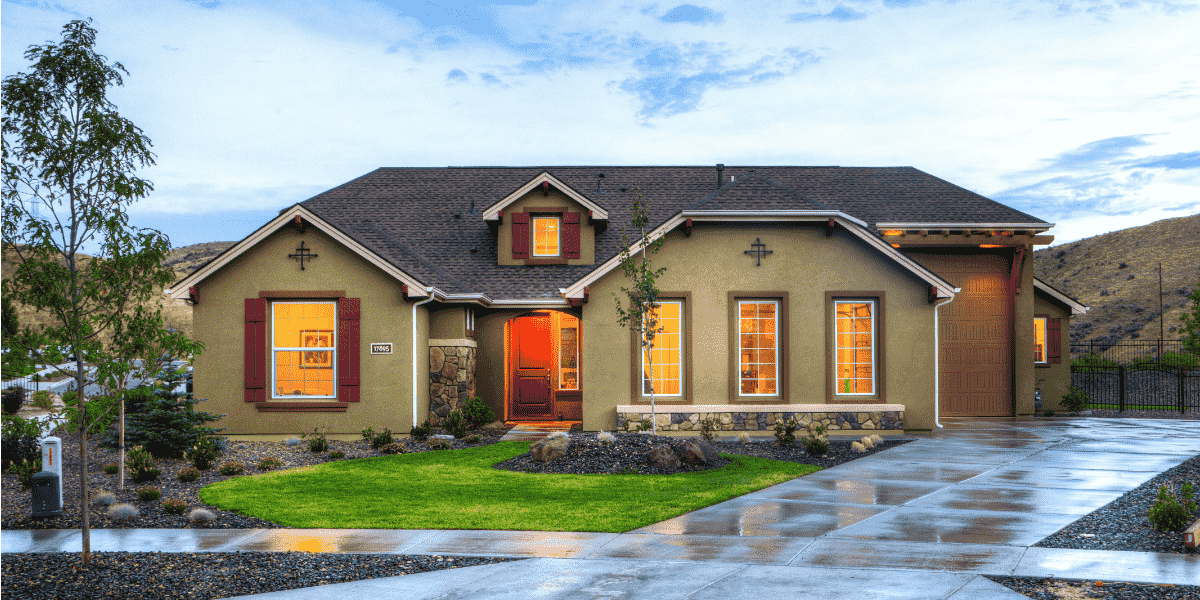What Are Electric Cooperatives
Electric cooperatives are member-owned utilities that provide energy not for profit but for the benefit of their communities. Instead of serving outside shareholders, they are guided by cooperative principles such as democratic governance, open membership, and reinvestment in local infrastructure. Across the United States, there are about 830 distribution cooperatives and 64 generation and transmission (G&T) cooperatives, serving tens of millions of people.
One of their defining features is that each member has a vote, ensuring that decisions are made for the good of the community rather than external interests.
The Role and Importance of Cooperatives for Local Communities
- Electricity in Rural Areas
In remote or sparsely populated regions, major utilities often see little financial incentive to provide service. Electric cooperatives step in to deliver power where no one else will. - Keeping Capital Local
Because cooperatives are owned by their members, any revenue beyond operating costs is often returned as “capital credits” or reinvested into local infrastructure. - Community and Economic Development
Cooperatives create jobs in maintenance, management, and technical services, while also supporting entrepreneurship and local infrastructure projects. Many co-ops have become centers of innovation, supporting renewable energy and efficiency initiatives. - Shaping a Sustainable Energy Future
Modern cooperatives increasingly invest in renewable energy, smart grids, and energy-efficiency programs while still maintaining reliable traditional energy supplies.
Electric Cooperatives in Montana
Montana is home to numerous electric cooperatives, represented by the Montana Electric Cooperatives’ Association (MECA). This association brings together 25 distribution cooperatives, serving over 400,000 Montanans.
Together, they maintain more than 48,000 miles of distribution lines across the state. Each cooperative operates as a non-profit, member-owned system, with revenues reinvested locally instead of leaving the community.
A notable example is the Central Montana Electric Power Cooperative (CMEPC), which provides generation and transmission services to eight distribution cooperatives and powers around 70,000 residents. As a non-profit governed by representatives from its member systems, CMEPC ensures stable, affordable, and reliable energy supply while supporting long-term growth.
Benefits and Challenges
Benefits:
- Reliable service in remote regions where commercial utilities often withdraw.
- Democratic governance with direct member participation.
- Financial surpluses returned to members or reinvested in the community.
- Ability to invest in renewables and sustainable energy projects.
Challenges:
- High costs of infrastructure development in vast, sparsely populated areas.
- Balancing affordability with investments in modernization.
- Technical and regulatory challenges of upgrading systems.
- Coordination with state and federal agencies, as well as energy markets.
Conclusion
Electric cooperatives are far more than utilities – they are cornerstones of community resilience and sustainability. In Montana, they connect hundreds of thousands of people, keep capital within the region, and set the stage for a cleaner, more reliable, and more democratic energy future.


